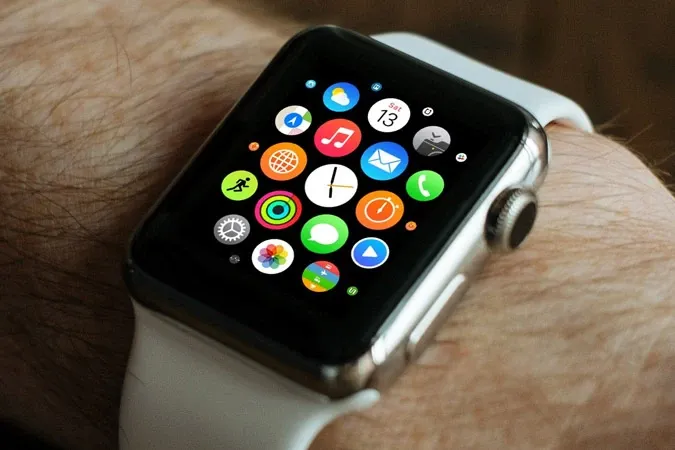Global Tablet Market Returns to Growth in 1Q24
According to the latest Canalys data, worldwide tablet shipments increased modestly by 1% in the first quarter of 2024, reaching 33.7 million units.

Wearable technology is an emerging sub-market in the IoT theme, but is yet to establish itself in the IoT mainstream due to limited interoperability and underdeveloped self-contained functionalities, according to GlobalData. Their research predicts that the market will grow at a compound annual growth rate of 19% between 2018 and 2023, primarily driven by smartwatches, which account for the lion’s share of the market revenue.
Competition in wearable tech is primarily a face-off between US and Chinese tech giants. Apple is the dominant player, thanks to the success of the Apple Watch, and its strong position in the hearables segment, where AirPods are leading the market. The smartwatches are now the dominant wearable tech segment while fitness trackers are less promising today than they did four years back. Fitness trackers are losing out to smartwatches when it comes to sales, but daily usage rates (at least in mature economies) are on the rise. Google’s acquisition of Fitbit in 2019, to some extent, is attributed to Fitbit’s stronghold in the US healthcare services market.
“The demand for fitness trackers is growing in Asia-Pacific (APAC) while their sales in North America and Europe are declining. Smartwatches are also gaining traction, driven by the emergence of low-cost Chinese products in APAC. In terms of regulations, APAC is still far from adopting the EU’s GDPR standard, which makes the region an attractive market for wearable vendors keen to exploit customer data,“ said Rupantar Guha, Senior Analyst of Thematic Research at GlobalData.
Emerging markets, especially in APAC, present the strongest growth opportunities for wearables. But in the key markets of China and India, global leaders face increased competition from domestic manufacturers. The region’s large number of price-sensitive consumers often cannot afford the most expensive smartwatches.
Fitness trackers are often seen as a cheap alternative. While many consumers can't afford the latest Apple Watch, there is an untapped demand for cheaper smartwatches. Chinese brands like Xiaomi, Huami and Huawei, with less-expensive smartwatch models, are aiming for growth in this space.
Hearables and smart glasses are gaining significant media attention. Hearable vendors are investigating expanding use cases from listening to music and taking voice calls to fitness monitoring. Hearables are expected to exceed smartwatch performance for health monitoring services. At present, consumer adoption of smart glasses remains low due to consumer ambivalence that stems from high-cost, privacy concerns and limited use cases.